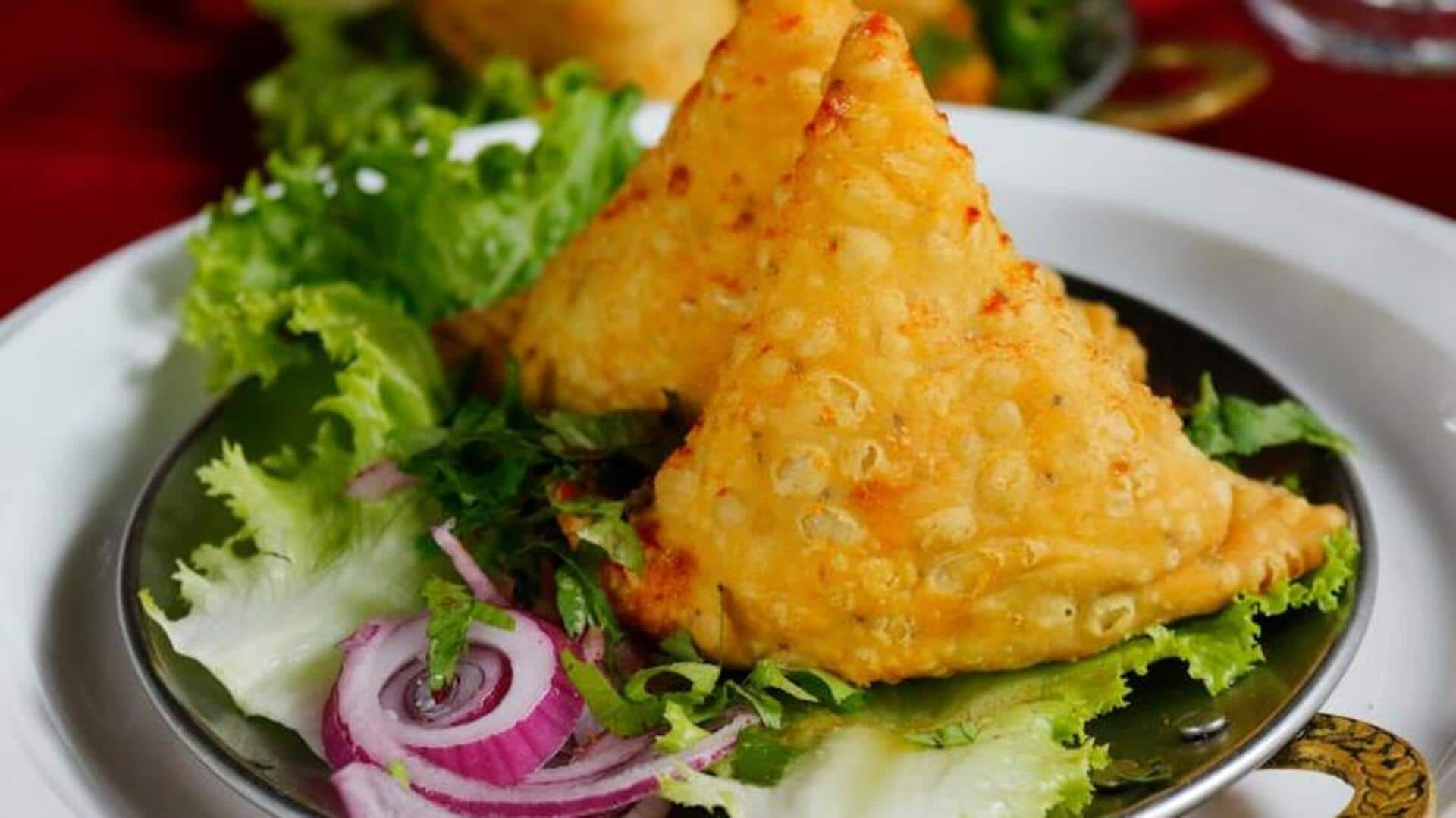
Delve into the history and origin of samosa
What's the story
The beloved samosa has a deliciously rich history that goes back to medieval times. From what was known as samsa, the snack likely originated in the Middle East before it came to the Indian subcontinent. It evolved over the years in terms of ingredients and preparation methods, according to local tastes and preferences. Today, the samosa is a staple across cultures and is celebrated for its unique flavor and versatility.
Early days
Medieval beginnings
In its initial days, the samosa was mostly stuffed with minced vegetables or lentils. It was commonly made by traders traveling along ancient trade routes. These traders took the dish across regions, where it became a hot favorite for its portability and fulfilling taste. The original recipe has seen many changes over centuries as it traveled through cultures.
Regional variations
Evolution across regions
As the samosa journeyed from one land to the other, each culture lent its own twist. In India, for example, potatoes became a popular filling owing to their plentifulness and affordability. Other places added local spices and herbs to their take on the snack. This versatility made the samosa an inseparable part of varied culinary traditions across the globe.
Contemporary changes
Modern-day adaptations
In modern kitchens, chefs innovate with fillings like paneer and mixed vegetables, while sticking to traditional flavors like cumin and coriander seeds. This way, it strictly adheres to vegetarian principles, focusing on plant-based ingredients exclusively throughout the preparation process. It ensures no deviation from these guidelines at any stage.
Worldwide appeal
Global popularity today
In today's globalized world, everyone enjoys some variation of a classic recipe, wherever they are. Primarily, this is due to the easy availability of ingredients to recreate the authentic experience, wherever they want. Whenever possible, it lets everyone enjoy a beloved tradition. Regardless of which corner of planet Earth you are on, it increases appreciation for shared heritage among diverse people around the globe.